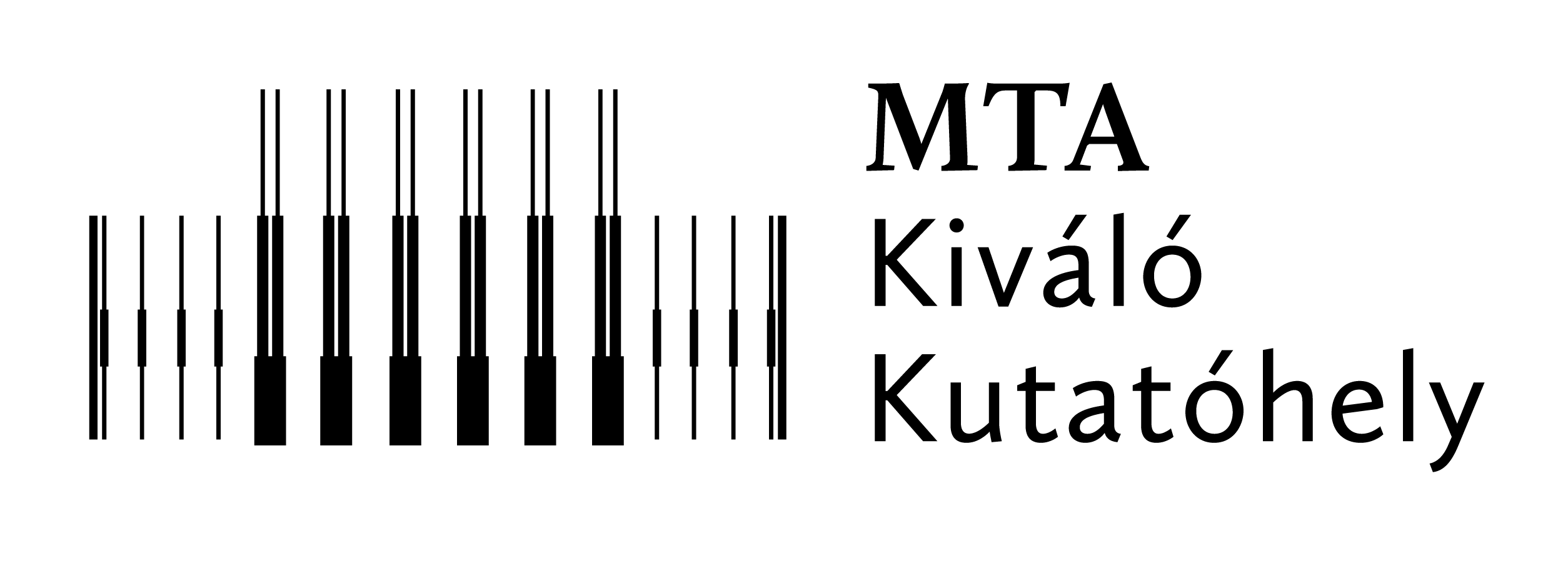A sacrifice for the greater good? On the main drivers of excessive land take and land use change in Hungary
György Csomós, Ádám Szalai, Jenő Zsolt Farkas
Land Use Policy. Volume 147, December 2024
Highlights
- Land take and land use change have dramatically accelerated in Hungarian cities.
- The expansion of the urban fabric is taking place with declining populations.
- Industrialization and population policies are propelling land take and land use change.
- Local climate strategies are ineffective tools to halt land take and land use change.
Abstract
Despite continuous population decline or stagnation, many Central and Eastern European cities experience urban sprawl and expansion, accompanied by excessive land take and land use change. This paper investigates recent trends in land take and land use change in Hungarian cities, aiming to identify the drivers of these processes. The study utilizes the Urban Atlas (UA) databases from 2006 and 2018 to analyze land use change in selected Hungarian cities, employing QGIS software to compile the database and MS Excel to conduct the statistical analysis.A linear trajectory model is employed to project land use change by 2026, based on 2006–2018 UA data. Additionally, via the in-depth analysis of Debrecen, the study highlights the recent acceleration of land use change to compare the projected trend with the forecasted one. Local climate strategies focus on addressing environmental concerns, including changes in land use at the city level.

Therefore, this study reviews the relevant documents associated with each city to assess its commitment to reducing land take. The results indicate that despite its declining population, Hungary has seen a significant expansion in artificial surfaces, primarily due to industrialization and population policies introduced by the central government, which is likely to continue in the coming years. Unfortunately, local climate strategies have been insufficient in preventing cities from experiencing urban sprawl and expansion and preserving local ecosystem services. This underscores the inability of municipalities to defend local interests against central government directives. The findings of this study indicate that the current central policies are the main drivers of land take and urban sprawl and expansion. Prioritizing the compact city model and brownfield developments could effectively mitigate these issues. Finally, the paper advocates that complete jurisdiction over land use decisions be restored to local governments, enabling them to reject investments that may jeopardize local environmental goals.
Keywords: Land take, Land use change, Industrialization, Housing, Local climate strategy, Hungary


